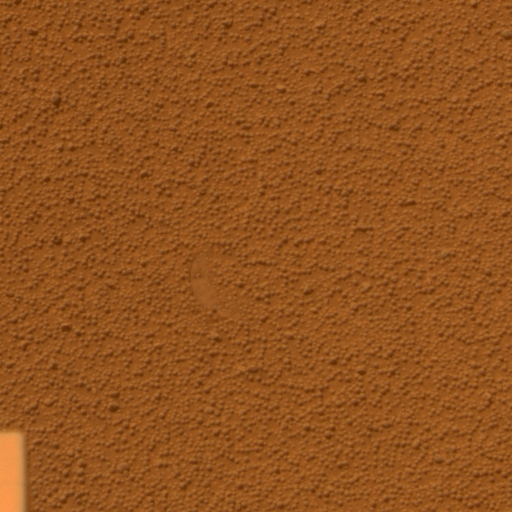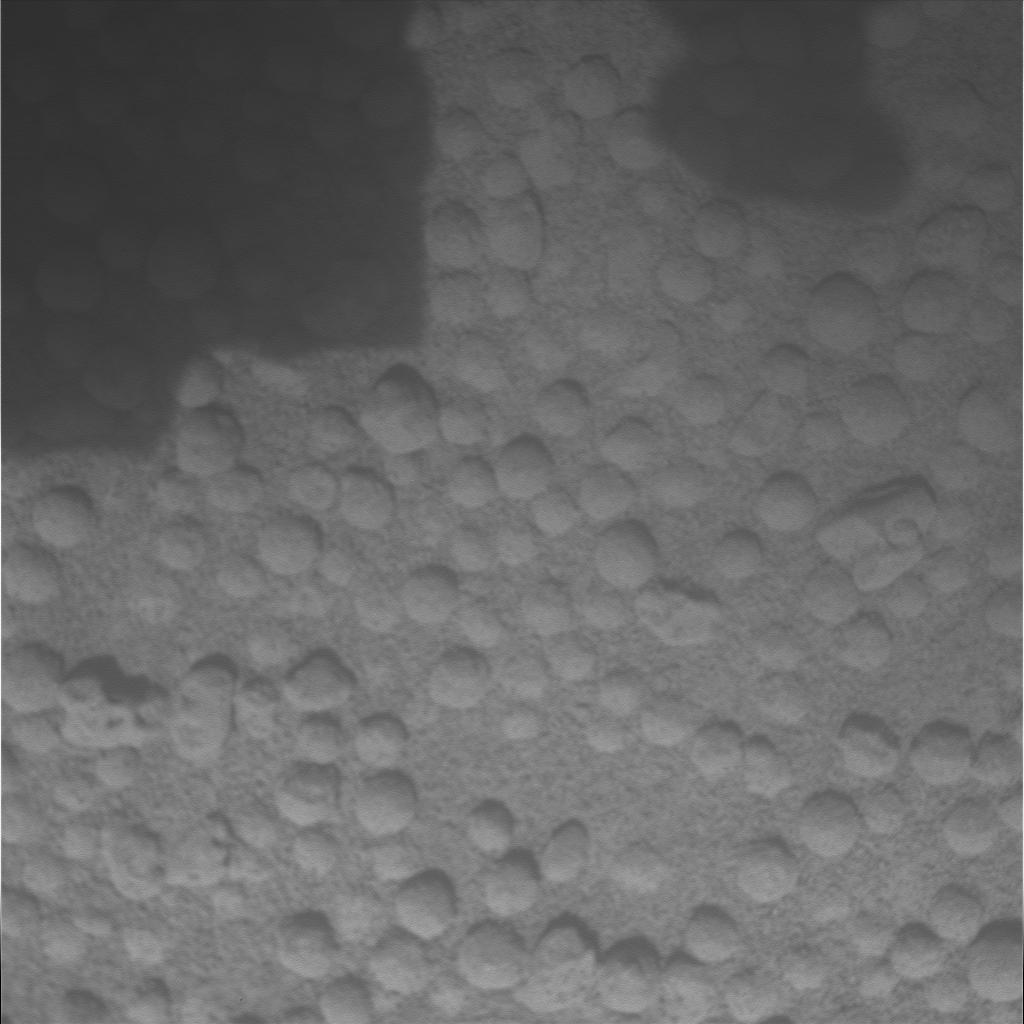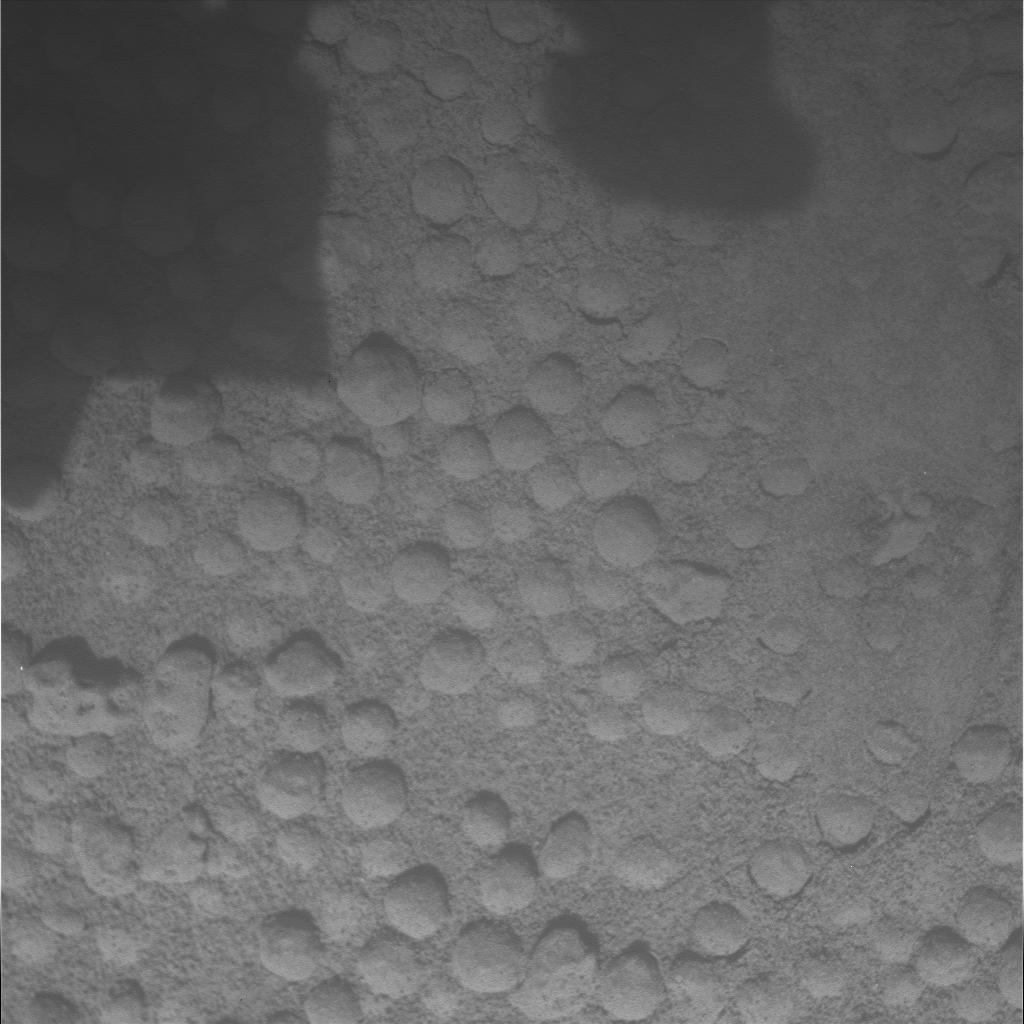 Soil on Mars Honors Around the Americas
Soil on Mars Honors Around the Americas
Happy Homecoming Ocean Watch, you now have a soil on Mars named after you. That’s right. A little patch of dirt* on Mars is now named “Ocean Watch.”
Wait, what’s Ocean Watch?
Pacific Science Center and Sailors for the Sea have just completed Around the Americas: a science outreach project to sail all the way around both North and South America (including through the Nortwest Passage). The boat they sailed was called Ocean Watch, and they did all kinds of fun science and activities with people at every port of call.
Mission:
Around the Americas is a 25,000 mile sailing circumnavigation of the American continents with the mission of inspiring, educating, and engaging citizens of the Americas to protect our fragile oceans.
Back when I was a kid the Northwest Passage didn’t exist, so this would have been impossible, and now not only is it possible, but my friend Zeta sailed through it. This wasn’t that long ago either … the ice really is melting.
Ocean Watch arrived back in Seattle today (June 17, 2010).
What does that have to do with Mars?
Nothing. But Dr. Amy Knudson from the Planetary Science Institute was volunteering with Pacific Science Center during the exhibit Facing Mars, and she works with the Mars Exploration Rovers doing soil analysis among other things. She was asking if we had recommendations for naming little things on Mars. The names had to be nautical, so I told her about Around the Americas and Ocean Watch. A few weeks later she returned, telling us that she’d proposed the name for one of the patches of soil she was analyzing and it had been accepted!
She’s just sent me some photos of Ocean Watch on Mars as taken by Opportunity (also known as Mars Exploration Rover B). She is continuing to name other soils and rocks after Around the Americas’ ports of call.
Show Me the Dirt*!

Ocean Watch (a soil on Mars) - field of view approximately 1/2 meter by 1/2 meter.
Photo credit: D. Savransky and J. Bell (Cornell) / JPL / NASA
Opportunity took this picture on Sol 2225 (martian day 2225) with its panoramic camera. This image is approximately true color, and shows a small impression where Opportunity’s instrument rested during the soil analysis.
Nothing has been released about the analysis of this soil yet – so your best guess about that texture is just great. Be the scientist – what do you think those “bubbles” are? Are they depressions or spheres? Are they hard? Soft? Are they just shapes in the sand that are easily disrupted or are they harder? Look at how they are different when they’ve been pressed by the instrument. Does that help you determine what they’re like? What might have caused them?
Using the microscopic imager Opportunity took a close up picture of the soil before deploying the “IDD” – the “Instrument Deployment Device” – also known as the arm.
Using the microscopic imager Opportunity took another close up picture of the soil AFTER deploying the arm. You can see where the instrument rested in the upper right of the picture. Some of the little bubbles or depressions are flattened, and others have been entirely squished.
Naming on Mars
If you follow the rover missions you’ll have heard of rocks and landforms on Mars named things like “Chocolate Hills,” “Concepcíon,” “Columbia Hills,” “Endurance,” or “Jenny.” Naming of objects in the solar system has to go through the International Astronomical Union (IAU), which can take years. In order to stay sane and not constantly have to say to each other “let’s take a look at that rock” or “shall we drive to crater 001-5BX?” the technicians and scientists working with the Mars rovers assign their own names to these items. Ocean Watch is such a name. I find it likely that many of these names will stick – having been used for years by the time the IAU has time to choose official names – but some will be changed, and some are of locations too small for anyone to care about once the rover has driven on. Ocean Watch is a very small patch of soil (about 1/4 of a square meter), so who knows what will happen.
For now though, a little patch of a distant planet holds a name that reminds us of the fragility of our own planet, and honors the excitement of doing science and science outreach.
Want More?
More information about this soil will eventually be posted in the MER Analyst’s Notebook.
Thank you, Amy.
![]()
~ A l i c e !






